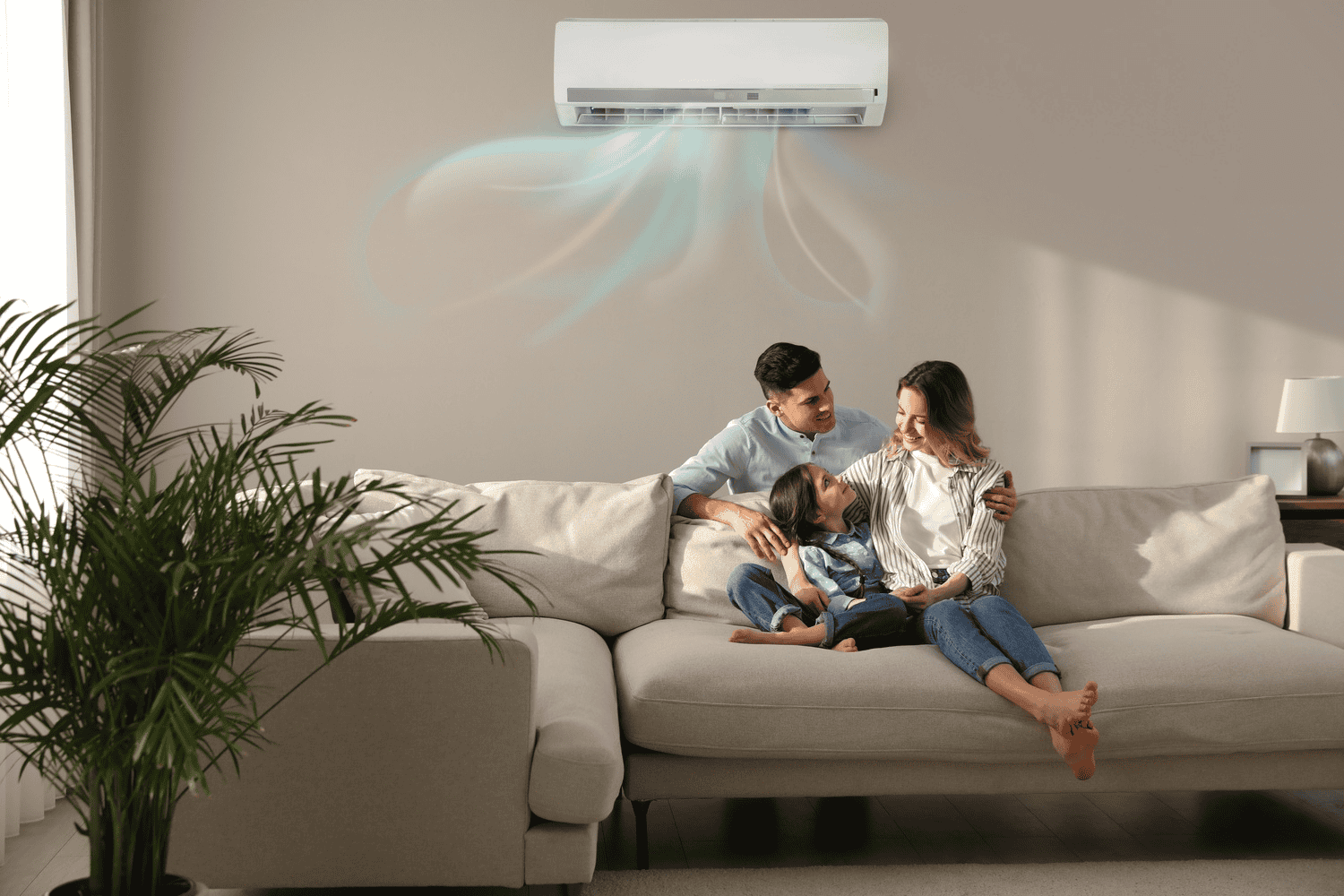Using an energy-efficient air conditioner can reduce your electricity consumption and keep your home comfortable during warm months. However, maximizing the performance of these systems requires more than just installing a modern unit. Taking steps to optimize how your air conditioner operates will impact its cooling capacity and help lower energy costs over time. This article explores practical ways to get the most from your energy-efficient cooling equipment.
Assessing Your Home Energy Needs
Some homes stay cool with minimal effort from the air conditioner. Others seem to push their systems hard, even when outside temperatures aren’t extreme. This difference often traces back to how a house handles airflow and insulation. Drafts near floorboards, thin attic insulation, and leaky return vents can all contribute to uneven cooling. When these inefficiencies exist, the equipment overcompensates. That compensation raises electricity use and lowers overall performance.
Cooling requirements vary depending on layout, window placement, and square footage. A small unit in a large home will struggle to keep up, while an oversized one might cycle too frequently, wearing out parts and using energy inefficiently. Matching cooling capacity to the actual conditions in your home helps avoid those problems. It’s part of the broader picture of managing home energy in a way that makes sense for the space you live in.
Maintaining Air Quality and System Components
When an air conditioner starts making more noise than usual or airflow weakens in one room but not another, the issue may not be mechanical. In many cases, dirt buildup is to blame. A clogged air filter, for instance, strains the fan motor and slows circulation throughout the house. Over time, this makes the system run longer to reach the set temperature.
Imagine a home where the downstairs feels comfortable but the upstairs remains warm. If the filters haven’t been changed in months and the ductwork hasn’t been inspected in years, cool air could be getting lost or blocked. Dust and debris in vents reduce efficiency and often go unnoticed because the system technically still runs.
Routine checks go a long way. Filters should be replaced every one to three months, depending on use, pets, or allergy concerns. Duct cleaning is less frequent but worth considering if airflow seems uneven or if visible debris is present around vents.
All of these small maintenance tasks help protect the system and improve overall air quality.
Using Fans and Portable Units to Support Cooling
Ceiling fans complement air conditioners by circulating air and helping occupants feel cooler. This effect allows you to raise the thermostat setting without feeling discomfort, lowering energy use. Portable air conditioners can provide supplementary cooling in spaces that are hard to cool with a central system. While not as efficient for whole-house cooling, they offer flexibility for targeted areas and can reduce overall energy consumption if used strategically.
Choosing units with a favorable energy efficiency ratio and SEER ratings ensures better performance relative to electricity use. Modern models often include advanced compressor technology that balances cooling power and noise level, improving comfort without driving up energy costs.
Integrating Advanced Technology and Energy-Efficient Improvements
Incorporating smart home technologies into your cooling setup enhances control and efficiency. Smart thermostats connect to your HVAC system and learn your schedule, adjusting temperatures automatically to avoid unnecessary energy consumption. Some systems offer remote control via apps, giving you the option to modify settings when away from home.
Heat pumps represent another energy-efficient improvement, serving both cooling and heating functions with higher efficiency than traditional systems. Pairing heat pumps with energy-efficient air conditioners and taking advantage of available tax credit programs can reduce upfront costs and improve long-term savings.

Planning for System Longevity and Energy Savings
Regular servicing of your air conditioning system preserves its efficiency over time. Professional maintenance includes checking refrigerant levels, inspecting the condenser unit, and cleaning coils. These steps maintain optimal performance and prevent breakdowns that could lead to increased energy bills.
Choosing the right system for your home size and climate plays a role in long-term energy savings. Systems with high ENERGY STAR ratings have been tested to meet strict standards for energy efficiency. When replacing or upgrading your unit, selecting equipment that meets or exceeds these ratings helps reduce energy consumption and lowers overall energy costs.
In Summary
Cooling equipment performs better when the surrounding conditions are stable. That includes consistent airflow, minimal loss of conditioned air, and a system that runs within its intended capacity. Addressing these areas gradually leads to measurable improvements. A home that supports efficient operation requires fewer adjustments from the system and keeps energy use in check without constant intervention. These results don’t depend on upgrades alone but on ongoing attention to how the system interacts with the space.

